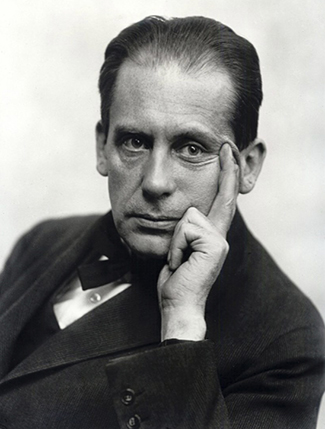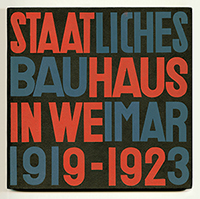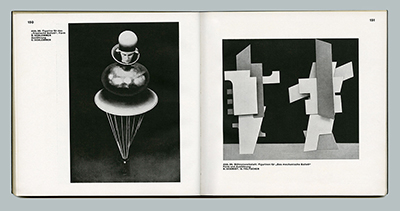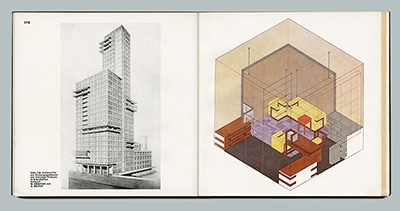
“The mind is like an umbrella - it functions best when open."
—Walter Gropius
Walter Gropius (1883-1969) was a pioneering German architect and educator renowned for his profound influence on modernist architecture and design. Born on May 18, 1883, in Berlin, Germany, Gropius emerged as a leading figure in the early 20th-century architectural movement that sought to redefine the principles of design, functionality, and urban living.
Gropius began his architectural journey studying at the Technical University of Munich before apprenticing with Peter Behrens, a prominent architect and industrial designer. This experience proved instrumental in shaping Gropius's vision, emphasizing the integration of art, technology, and industry in architectural practice.
In 1919, Gropius founded the Bauhaus School in Weimar, Germany, which became a crucible for avant-garde experimentation in art, architecture, and design. As the school's first director, he sought to dissolve the boundaries between fine arts and crafts, advocating for a holistic approach to design education encompassing everything from architecture and furniture design to typography and theater. Gropius's architectural philosophy was characterized by a commitment to functionalism, rationalism, and the innovative use of materials. His designs, such as the Fagus Factory in Alfeld and the Bauhaus building in Dessau, exemplified his belief in the marriage of form and function, with clean lines, geometric shapes, and an emphasis on light and space.
Following the rise of the Nazi regime in Germany, Gropius emigrated to the United States in 1937, where he continued to influence architectural discourse and practice. He joined the faculty at Harvard University's Graduate School of Design, where he played a pivotal role in shaping the next generation of architects.
Throughout his career, Gropius's legacy extended far beyond his built works. His writings, including The New Architecture and the Bauhaus (1935), articulated his vision for a modern, socially responsible architecture that could address the pressing challenges of the time. His impact continues to reverberate today, as his ideas about the integration of art, technology, and social purpose remain central to contemporary architectural practice and design worldwide.
Gropius's groundbreaking work as an architect and educator has been celebrated in numerous museum exhibitions around the world, showcasing his influential contributions to modernist architecture and design. Some notable exhibitions include:
Bauhaus: 1919-1933 – This comprehensive exhibition, held at various museums internationally, including the Museum of Modern Art (MoMA) in New York and the Barbican Centre in London, explored the history and legacy of the Bauhaus movement, with significant emphasis on Gropius's role as its founder and director.
Walter Gropius: Visionary Founder of the Bauhaus – Organized by the Harvard Art Museums, this exhibition focused on Gropius's tenure as the director of the Bauhaus School, highlighting his innovative approach to design education and his lasting impact on modern architecture.
The Fagus Factory: Architecture in Steel and Glass – Exhibited at the Vitra Design Museum in Germany, this showcase delved into Gropius's early masterpiece, the Fagus Factory in Alfeld, emphasizing its significance in the development of modern industrial architecture.
Walter Gropius: The Architect's Journey – Presented at the Gropius House in Lincoln, Massachusetts, this exhibition offered a glimpse into Gropius's life and career, featuring photographs, drawings, and personal artifacts from his time in the United States.
Gropius Bauhaus: Tradition and Modernism – Hosted by the Museum of Decorative Arts in Berlin, this retrospective explored Gropius's multifaceted contributions to the Bauhaus movement, highlighting his architectural designs, writings, and pedagogical innovations.




